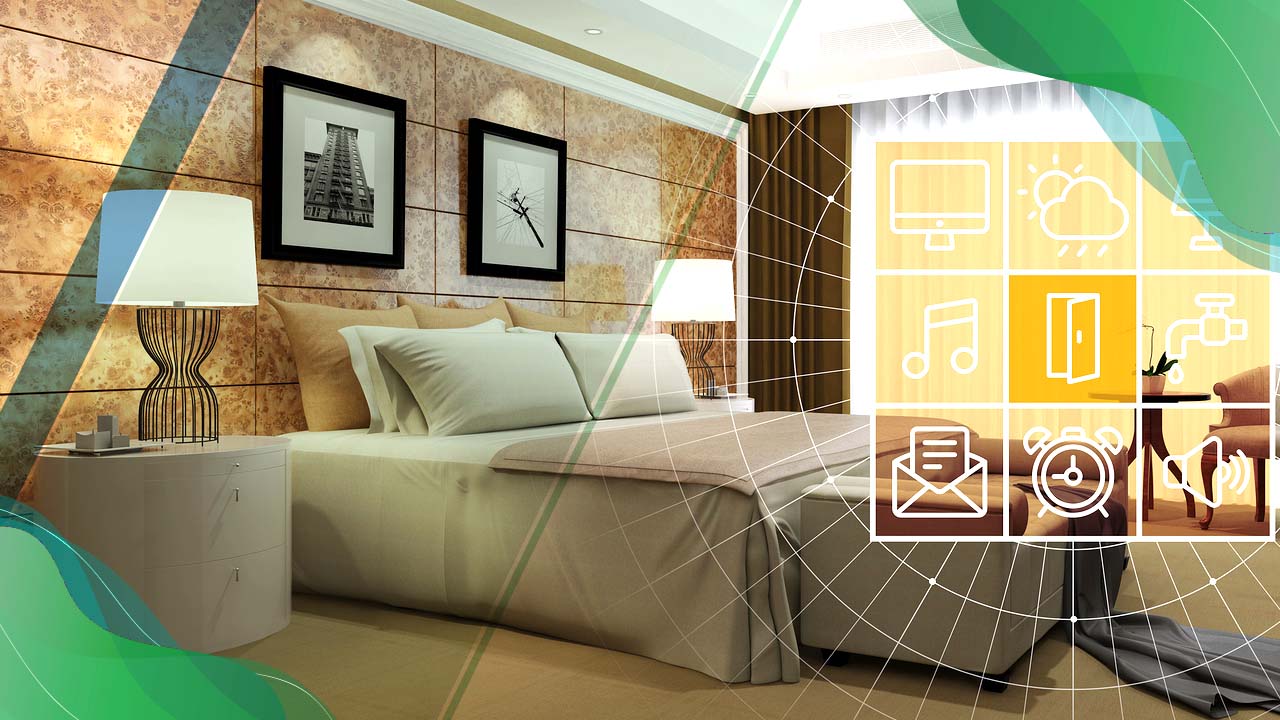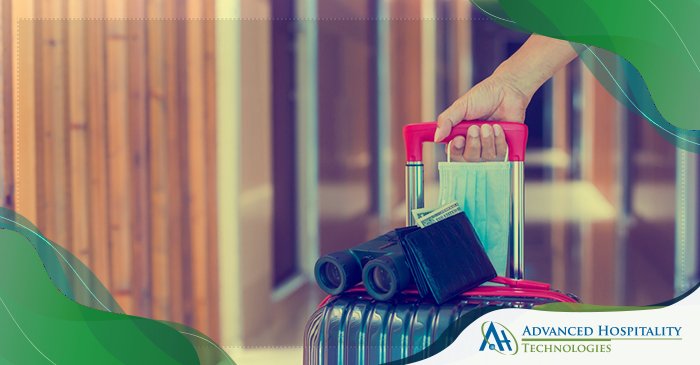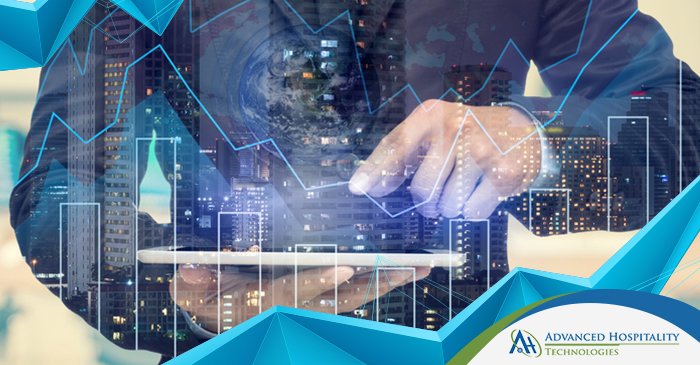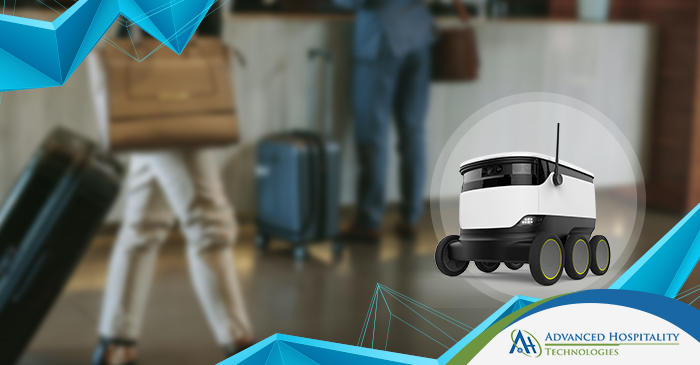Covid19 safety rules have forced hotel owners to redesign their entire guest experience to include even less human interactions and more contactless services. The idea here is to automate selected guest touchpoints to make them more convenient and not lose the “WOW” factor.
Consider Marriott Hotels for instance.
The owners had already sensed a change in the industry with a more digitized consumer base and innovative home technologies being introduced everyday. The hotel giant invested in AI based operations and technology based guest experience initiatives well back in 2011.
The Marriott Group was the first franchise in China to reopen all their hotels and even included robot butlers in all areas to prevent infection hotspots. The Marriott BonVoy app is allowing guests to learn more about their cleanliness and safety standards to book with complete trust.
In addition, the Marriott phone app allows check-in & check out, journey planning, mobile room key, room service, concierge chat, and booking in house services. The Bonvoy app merges the entire guest , creating a personalized experience for every guest.
So how did they get there?
The group didn’t just decide to develop a mobile app and market it over the internet. Like every other hotel franchise, the owners invest in a technology gap assessment.
In present times health safety of both guests and hotel staff are top priority for hotel and resort owners across the US. COVID19 safety rules are already reducing human interactions in an industry primarily meant for personal care.
A technology gap analysis or assessment is a highly lucrative process designed to identify technology assets, technology guest service touchpoints, and technology liabilities. Professional tech gap assessments identify the state of technology in hotels and seek to mend its weaknesses with proper renovations.
For instance, at AHT Inc. we have a highly evolved technology gap assessment process. Our process is based on the guidelines underlined by the ITIL and PCI Rules frameworks. The AHT Inc. technology gap assessment predominantly focuses on measuring the efficiency, reliability and security of:
- Back Office Operations
- Guest Technology Services
- Liability Management
Technology gap assessments for post-COVID19 hospitality are becoming a mainstream solution to identify missing links for automated guest services. Mobile keys, contactless payments, digital check in and check out etc. are all essential features for US hotels and the safety of their guests.
Technology Gap Assessments Uncover Missing Links In Hotel Tech Infrastructures
The back office technology gap audit usually involves a hardware audit, a software audit and a comprehensive network audit.
The hardware audit generally identifies all technology that interacts with the back office. This part of the technology gap assessment clearly identifies all I.T. assets, vulnerabilities, liabilities, legacy systems, access & authorization audits, and conduct security checks for back office operations.
The back office gap assessment is extremely beneficial for hotels in the current conditions. The need for remote connectivity, online meetings, cloud PM integrations and more is demanding hotel owners to have a more resolution technology backbone.
Managing revenue, inventory, guest satisfaction scores, and other aspects of the hotel remotely is becoming common practice in US hotels. A technology gap assessment for the back office can identify hardware, software, and other I.T. assets that are required to assure seamless operations in hotels.
A guest technology services assessment visualizes the entire ‘guest technology experience’ identifying its various elements, their efficiency, and liabilities. By mapping the entire guest experience professional assessors identify areas of service for redesign.
Hotels that host a plethora of guest technologies must address the elephant in the room, and it’s called internet connectivity. High speed internet is the life of modern digital entertainment, even TVs, AI voie assistants, and smart wearable tech. A guest technology gap assessment is essential to highlight the missing elements of the guest technology experience allowing hoteliers to readily address them.
Since health safety & hygiene are key elements of hospitality in the US, hoteliers are investing in brilliant initiatives including sterilization robots, robot butlers, AI concierges, and UV scan & sterilize points in hotels. A guest technology gap assessment is very helpful to identify services that need automation, and those that need to be eliminated all together amid COVID19.
Finally, we come to the third half of the hotel technology gap assessment, liability management. Managing technology liabilities can be quite complex, requiring hoteliers to be more proactive and informed.
A faulty phone in the gym, a faulty security camera, an expired fire extinguisher, a computer virus extracted from another guest’s USB etc. are all examples of MASSIVE liabilities for hotels. Managing this area not only requires great expertise, but considerable experience with it.
No one could have predicted COVID19 would be a herculean liability by 2020, but an actionable liability management strategy execution can reduce the impact of the pandemic over its lifespan. A technology liability management gap audit is therefore the most critical part of the overall tech gap assessment.
Conclusion
I hope you enjoyed this edition of our blog. For more interesting reads do visit us again, and join our social feeds for daily updates. Until next time, see you again soon.




